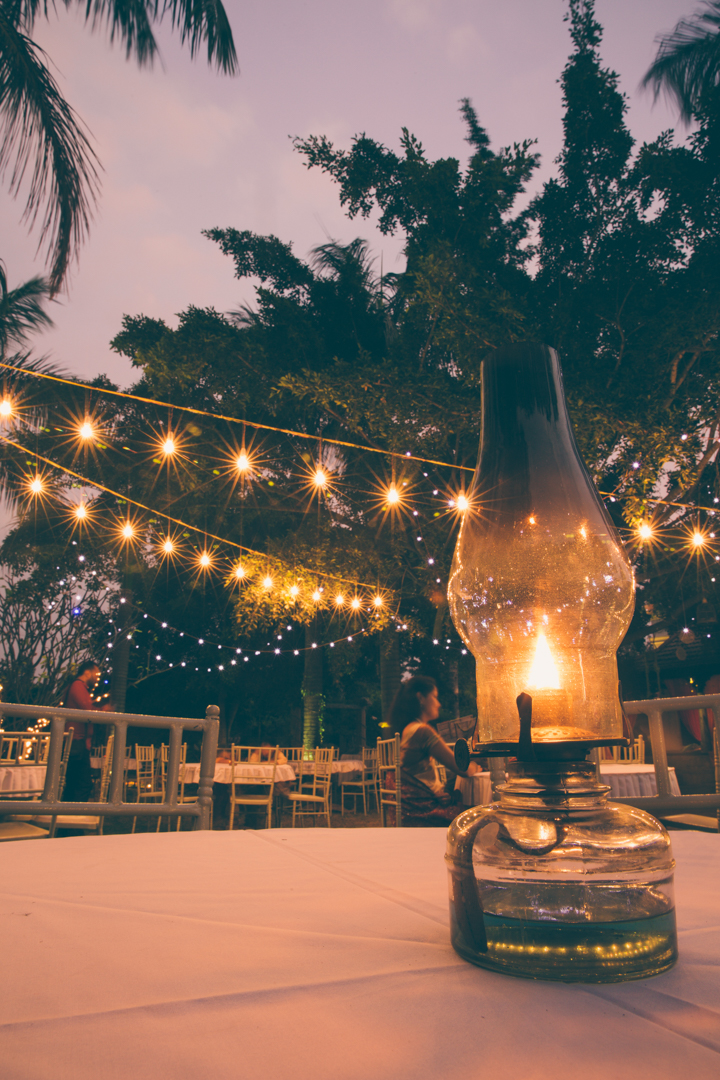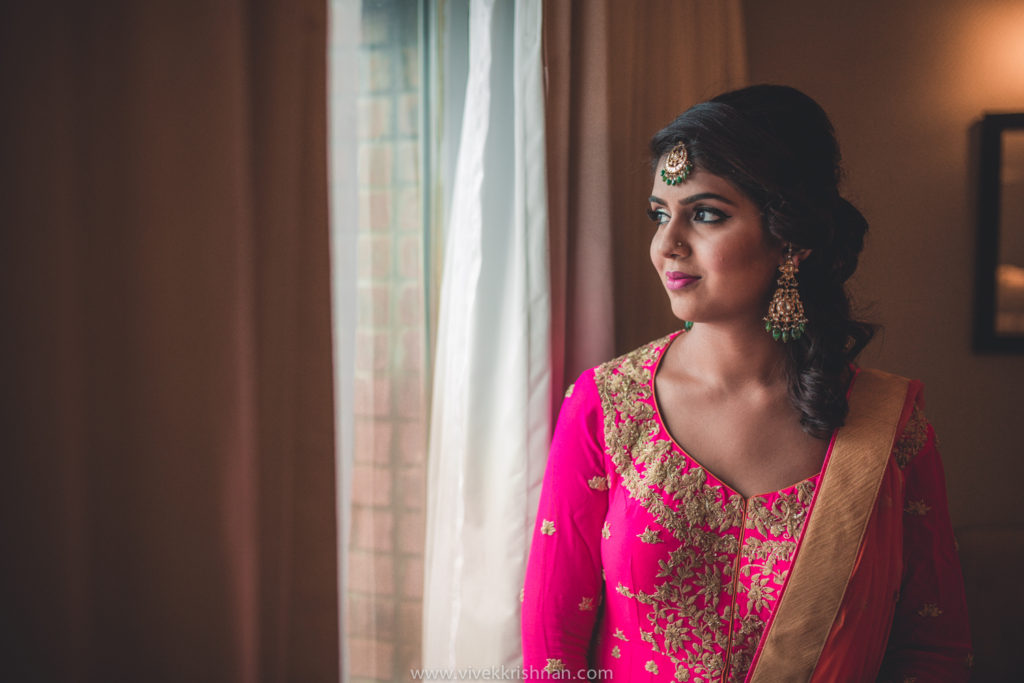You’ve spent lakhs and lakhs on your wedding – the venue, the planner, the decoration, the food, the reception, the flowers, the jewellery, the clothes, the wedding photographer. You’ve experienced the best few days of your life – the bachelor/bachelorette parties, the wedding ceremonies, the much deserved honeymoon with the love of your life. Imagine coming back, buoyant and upbeat and expectantly opening that mail from your wedding photographer with the first set of photos attached.
Thank you for reading this post, don't forget to subscribe!Aww you look so beautiful in that candid sho… hmm, there seems to be a patch of blue colour on your face. That’s alright, your parents look so nice in that group pho… hmm, your aunt seems to be completely hidden in the shadow, though. Wait! The golden moment! When you finally exchange garlands for the first time as man and wife… aaaaaand the shadows make it look like he has a hooked nose.
Nightmare.
But… you’d spent so much on that lighting expert to light up your wedding! And all those pink and blue LEDs looked so beautiful on stage! That damn photographer must have cheated you, right?
Hold your horses!
“Good lighting for your venue may not necessarily be good lighting for your photographs.”
Take that as a gospel truth. Or maybe the eleventh commandment. Very often, your wedding planner or lighting expert makes sure the venue looks beautiful, but this might not necessarily translate into excellent wedding photographs. Without getting too technical, I’ll try to highlight a few basic dos and don’ts to get the best lighting for both your wedding venue and your wedding photographs.
- Ambient vs Background
Ambient light is the most important source of light throughout your wedding venue, and is the light source that shines on your guests’ faces. Background lighting, on the other hand, provides the mood and sets the tone for the venue and wedding photographs. If you have low white ceilings, photographers will usually ask you to have a few powerful white light lamps around the venue directed up at the ceiling to provide ambient light. If the ceiling is higher, or in a darker shade of colour, the next best option is to reflect white light off the walls (if the walls are white) for ambient light. In absence of both these options, you can provide low power suspended ceiling lights directed at your audience at an angle. In the absence of any major ambient light source, the bright, colourful background lighting (from your fairy lights or LEDs) will reflect off the walls and ceiling and ruin your photos.
- LEDs and Sodium lamps
KILL IT! KILL IT WITH FIRE! These are absolutely the worst kind of lights for a candid wedding photographer. Both these kinds of lights have little to no white light, the main component of light that a photographer uses to balance colour while editing. If you still feel like having LEDs to provide coloured lighting at your wedding, do make sure sufficient ambient light exists around the area to balance it out.
- Fairy Lights and Candles
These are the kind of lights that make everyone get a warm, fuzzy, happy feeling inside. Not just your guests, but your candid wedding photographer and planner too! These are excellent for lighting up venues, and give a nice “bokeh” effect for your next facebook cover photo. You can create entire canopies out of fairy lights and decorate nearby trees and bushes with them. With candles, you can create pools of warm light on tables, and just see the magic in the photographs!
- Par Cans and Halogens
These are absolutely some of the best ways to achieve good ambient lighting for your venue. Though these are quite harsh if you direct them towards your audience, directing them towards the ceiling helps bathe the entire audience in a uniform light. If you use light yellow lamps for your Par Cans, or a light yellow ceiling, you can achieve a right, warm, yellow light throughout your venue.
- Direct light
Whenever you have lights directly pointed towards your audience or the stage, you must take great care. Two direct lights at the ends of the stage will light it up very well, but in group photographs, everyone in the middle will be standing in the shadows. In this case, you can consider an array of lights evenly distributed across the stage to make sure everyone is lit evenly. Or, you can consider suspending lights at an angle from the ceiling (like in a theatre) to achieve the same effect.
- Bounced light
Light reflects. So anytime you have lights directed at surfaces (floor, walls, ceilings, pillars), you can expect the light to reflect off the surface and on to anyone standing around. The lighter the shade of the surface, the more it reflects light, and the shade of the surface can influence the colour of the reflect light too! So be careful while aiming lights at large surfaces!
- Bollywood beats
As much as you’d like to imagine your wedding to be a Bollywood Bash, it isn’t. So when anyone says “use these lights, this is exactly how they do it in the movies”, run far, far away. Your wedding lighting should resemble theatre lighting as far as possible.
- Gobo
This is a method that is being used to project light (especially the couple’s initials) on surfaces and is a nice way to provide background light without disrupting the ambient light.
- Chandeliers and Light balloons
These are excellent alternatives to provide mood and background light without disturbing ambient light. Paper lanterns especially suffuse your guests in a warm glow which looks amazing in photographs.
- Photographer
Last but not the least, your photographer must be up to the task of shooting at your venue with your selected lighting. Some photographers excel in working in natural light, and some love to work in artificial light. The best way to solve the issue is to have a sit down with your lighting expert or wedding planner as well as your candid wedding photographer, and have them discuss all the fine points, until everyone is satisfied with the arrangements.
Too much to absorb? Well, why not just give Bangalore’s Best Candid Wedding Photographer a call? I’m sure he’ll be able to answer all your questions. How am I so sure, you ask? Well, I should know. I’m him.
Lighting 101: Light my world up, A.K.A Lighting for Beginners
Sep 16, 2016

